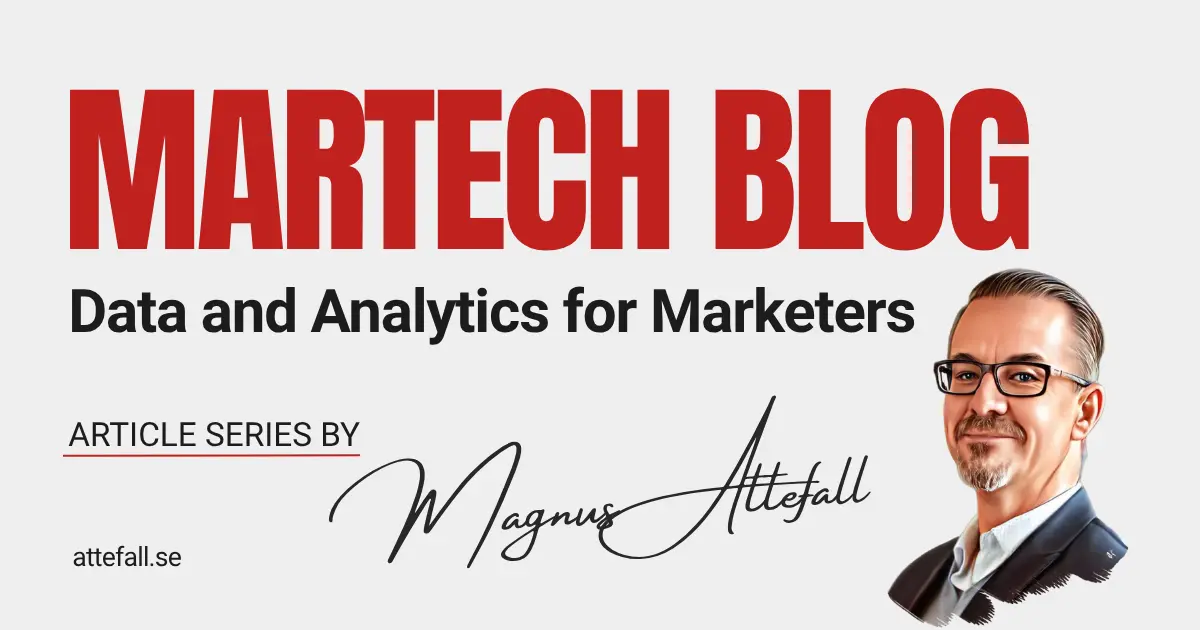
🎯 What It Means for Marketers: Key Benefits of First-Party Data Excellence
First-party data is now the cornerstone of high-performing marketing organizations. Marketers who put robust first-party data strategies at the center of their efforts achieve greater targeting precision, higher conversion rates, and lasting customer trust, outpacing those relying on outdated third-party lists or broad campaigns.
- Deeper customer understanding: Capture real behavior and preferences, enabling messages that resonate and create value at every touchpoint.
- Future-proofed marketing: Own the data you collect and build strategies that remain effective despite industry changes, such as the deprecation of cookies.
- Personalization with integrity: Deliver relevant content and offers based on real customer intent, while respecting privacy and regulatory standards.
- Smarter attribution: Accurately connect marketing activity to business results by linking data across all owned channels.
- Agility and adaptability: Quickly adjust campaigns with direct, real-time insights from your audience, not someone else’s.
Bottom line
In today’s privacy-first world, brands that prioritize first-party data are positioned to build stronger relationships, deliver more impactful marketing, and secure long-term growth through strategies they fully control.
📘 Background: What is First-Party Data and Why Does It Matter?
First-party data is the information collected directly by your organization from your audience—think website analytics, purchase histories, app interactions, email engagement, and social media activity. Unlike data bought from third parties or gathered by walled gardens like Google and Facebook, first-party data gives you direct, consented insight into your customers’ wants and needs.
With tightening privacy regulations and the decline of third-party cookies, first-party data is becoming marketers’ most reliable asset. It’s accurate, privacy-compliant, and, most importantly, owned and controlled by you.
🚀 Building Your First-Party Data Foundation
1. Identify Touchpoints:
Start by mapping out all the places where you interact with your customers, including your website, mobile app, CRM, email campaigns, events, and loyalty programs. Every touchpoint is a potential source of valuable data.
2. Design for Data Capture:
Optimize forms, sign-ups, and interactions to encourage users to share information willingly. Focus on value exchange: offer relevant content, personalized recommendations, or loyalty rewards in return for their details.
3. Ensure Consent and Transparency:
Make sure all data collection is clear and consent-based. Utilize transparent privacy policies and straightforward choices to foster trust, resulting in richer, more reliable data.
💡 Turning Data Into Marketing Gold
1. Segmentation and Personalization
First-party data enables you to segment your audience by behavior, interests, and demographics, allowing for tailored messaging that resonates. For example, you can automatically send personalized email offers to shoppers who abandoned their cart, or create content tailored for frequent visitors on your site.
2. Advanced Attribution
Connect offline and online interactions. Track how different touchpoints—email, social, events—lead to conversions. This end-to-end visibility helps you see what’s really driving results, so you can allocate budget more effectively.
🔒 Privacy and Data Quality: Best Practices
- Prioritize Consent: Always get permission for tracking and communication.
- Data Hygiene: Regularly clean your data to remove duplicates and outdated information.
- Security First: Store, process, and transfer data securely to maintain customer trust.
- Stay Updated: Monitor regulatory changes (such as GDPR and CCPA) and incorporate compliance into your regular workflow.
🛠️ Implementing First-Party Data Tools
- Customer Data Platforms (CDPs): Integrate data from multiple sources to create a unified view of the customer.
- Analytics Solutions: Use tools like Google Analytics (with consented tracking) or privacy-focused alternatives to analyze behavior.
- Personalization Engines: Automate content, offers, and recommendations based on user data for scalable 1:1 experiences.
🎯 Real-World Example: A Marketer’s Journey
A retailer collects email addresses and site behavior data with clear consent. Using this data, they segment customers based on their purchase history, sending targeted product recommendations. Result: higher open rates, boosted conversions, and better ROI—all powered by the data they own.
✅ Key Takeaways
- First-party data is now your most powerful and reliable marketing asset.
- Map every customer touchpoint to maximize data capture.
- Use data to supercharge segmentation, personalization, and attribution.
- Prioritize privacy, consent, and data quality at every step.
By making first-party data the backbone of your strategy, you build stronger customer relationships, drive real results, and future-proof your marketing in a privacy-first world.
🔗 Learn more: First-Party Data in Modern Marketing
- Why First-Party Data Is Essential for Marketers (HubSpot Blog)
Actionable strategies, definitions, and examples of using first-party data for better marketing ROI and compliance. - The Power of First-Party Data: How Brands Can Adapt in a Cookieless World (Arctic Leaf)
Clear explanation of first-party data benefits, targeting, data governance, customer journey mapping, and the top tools brands use today. - First-Party Data Strategy: The Ultimate Guide for Marketers in 2025 (Dot Analytics)
In-depth guide covering what first-party data is, collection methods, personalization tactics, compliance with privacy laws, and case studies showing real business results.
🗂️ Article series: Data & Analytics for Marketers
- Why Data-Driven Decision Making Is a Must for Modern Marketers
- Boost ROI with Predictive Marketing: Smarter Data, Smarter Decisions
- First-Party Data Strategies to Drive Real Results
- How to Turn Big Data into Marketing Impact: Measure What Matters
- Smarter Data Visualization: Top Tools and Strategies for 2025

